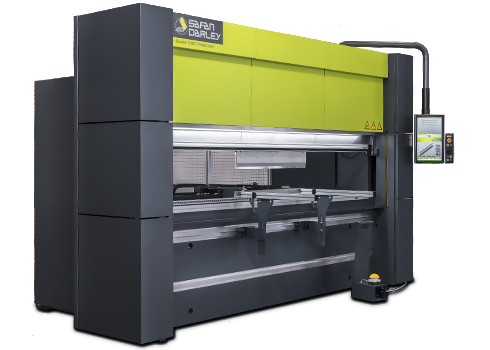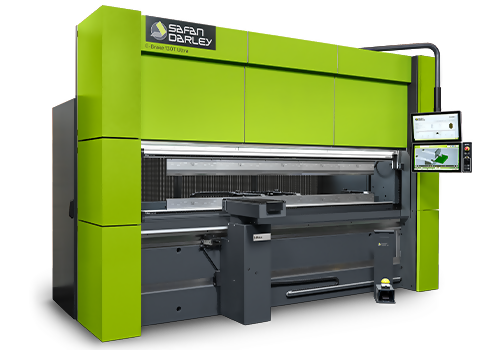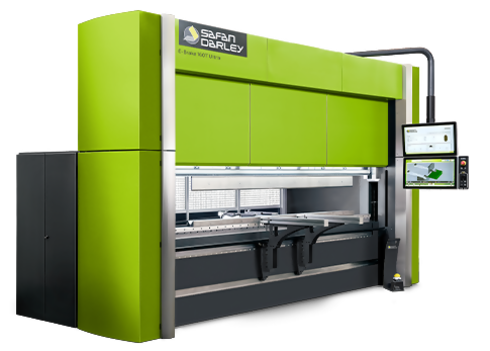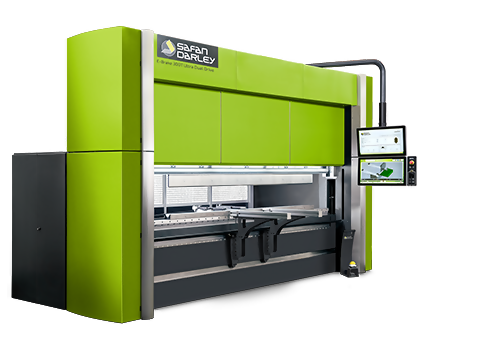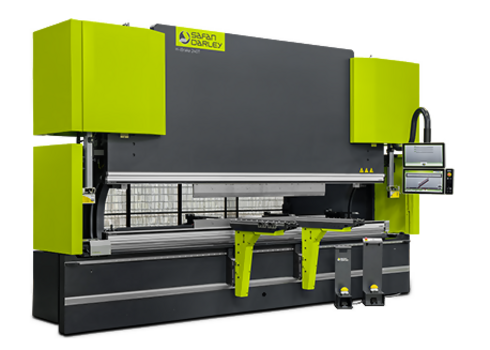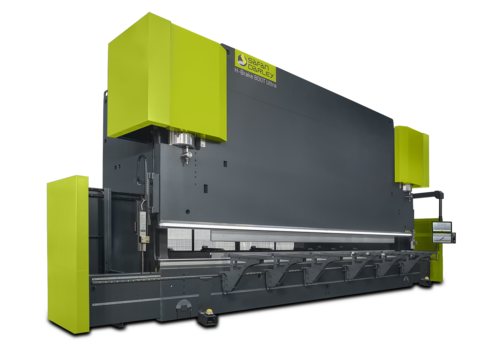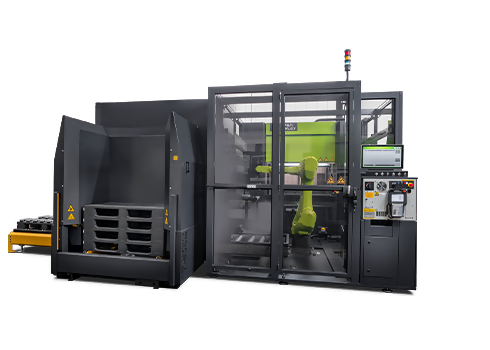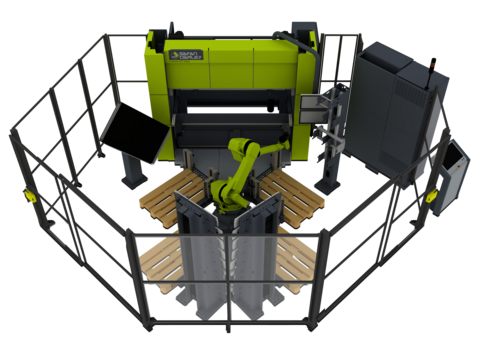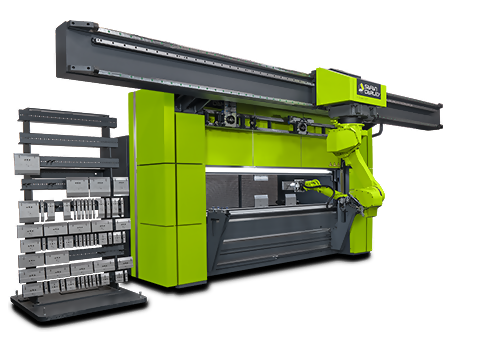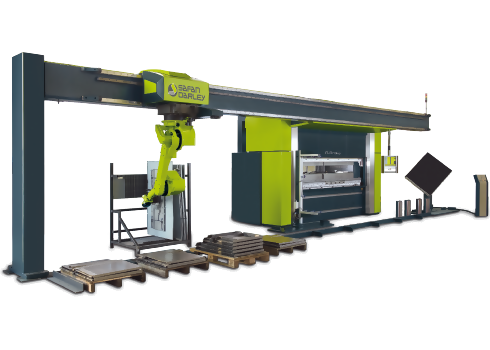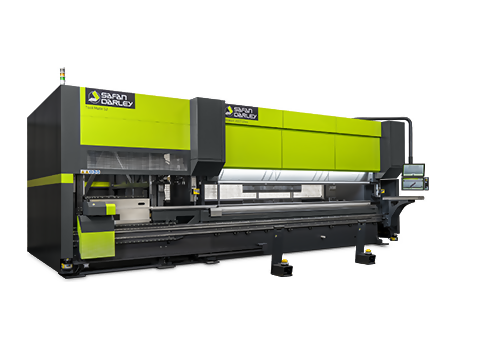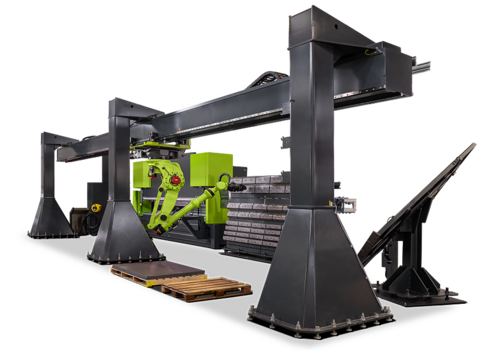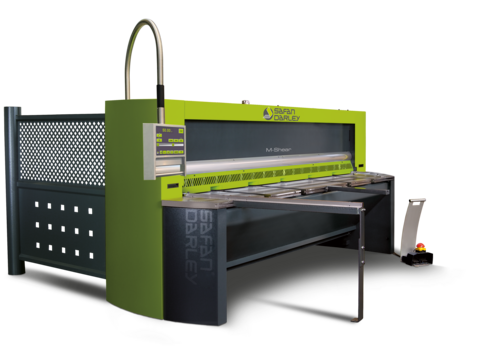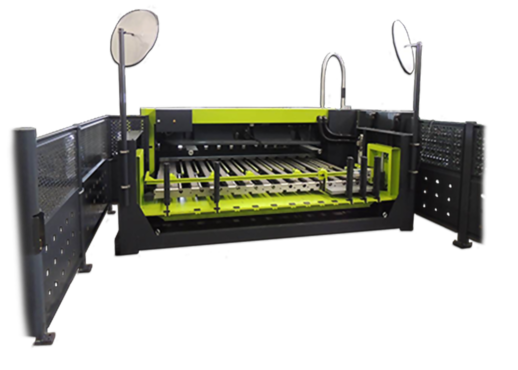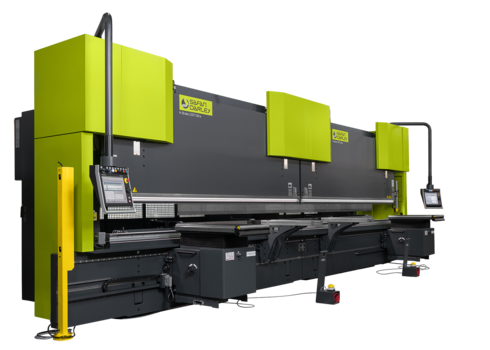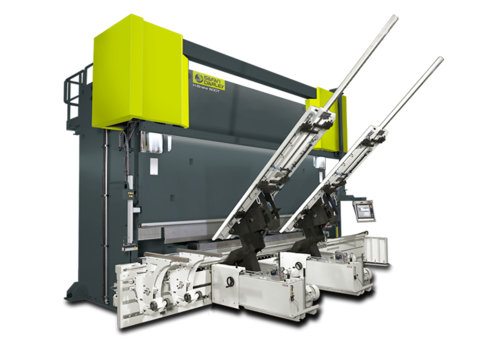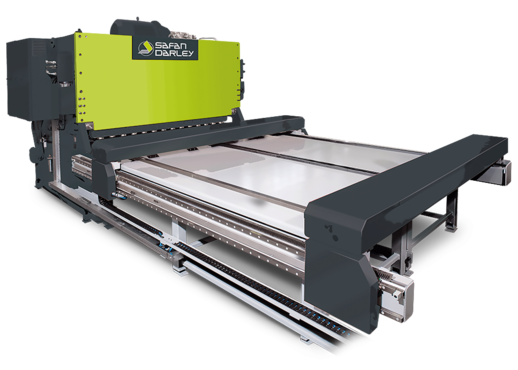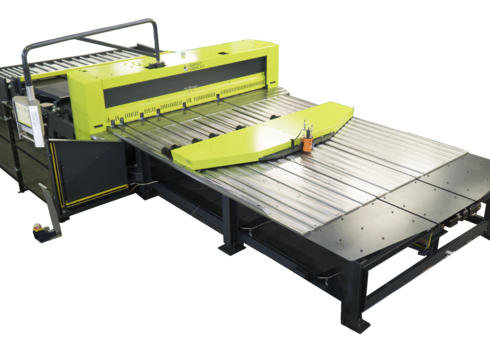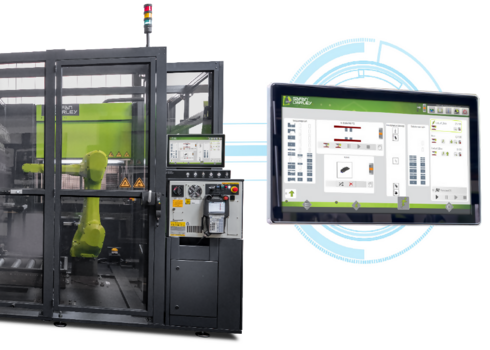
Is Automation the Answer to Your Labor Problem?
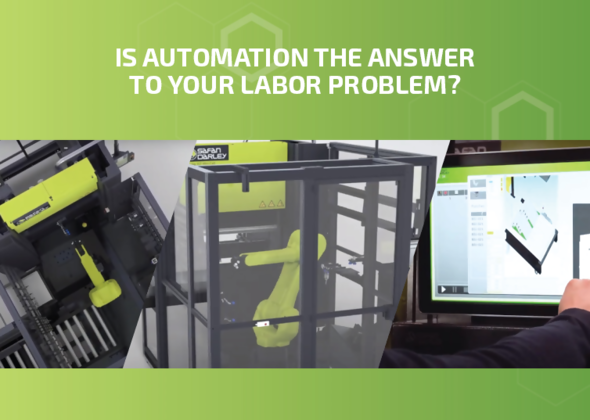
Is Automation the Answer to Your Labor Problem?
Some of my colleagues just came back from visiting several large distributors’ open houses, where they spoke with many SafanDarley customers. The U.S. labor shortage was the topic that dominated conversations for the entire event, and it seems like every company in our industry is short on talent.
In this blog, I would like to address the causes of the shortage and discuss the realistic outcomes employers are facing in this ramped-up economy with large demand and supply chain headwinds. I’ll also provide my perspective on the best way forward for sheet metal manufacturers and workers.
Old Causes and New Wrinkles
The current labor situation in the U.S. has been in the making for a long time, and in many ways, the pandemic simply accelerated trends that were evident long before 2020. It’s a complicated problem resulting from several causes, namely:
Demographics: There has been a surge of early retirements due to COVID-19, and the Baby Boomers are leaving the workforce and taking a large number of skilled workers with them. Reflecting the well-known gap in the development of skilled workers over the past few decades, once the Baby Boomers retire, there are relatively few Gen Xers and Millennials following in their footsteps.
Childcare and virtual learning: Some parents had to leave the workforce or reduce employment due to schools closing and/or required at-home or hybrid learning approaches. It’s unclear what percentage of those workers will return to the workforce.
Evolving compensation expectations and incentive models: Shifting expectations about compensation and incentives is perhaps the single biggest driver of the labor shortage, and it is a two-pronged problem that affects both highly skilled workers and those with less experience.
With the exit of the Baby Boomers, highly skilled sheet metal fabrication workers are hard to find, and they have a great deal of leverage in employment negotiations. Given the demand for their services, their pay rates are skyrocketing. While this is good for those workers, the current rate of wage inflation is bad for the industry as a whole, as it contributes to price inflation and will ultimately reduce demand for the products being manufactured.
The participation of less experienced workers who make less per hour is also at an all-time low. Within our industry, this shortage is widely attributed to the American Rescue Act of 2021, which many contend is responsible for lower levels of workforce participation by lower-wage earners who may earn more by staying home and collecting subsidies and unemployment payments. There is a great deal of political controversy and debate around the cause-and-effect for the lower workforce participation rates of these workers, but two outcomes are of most concern for our customers:
• Despite massive demand for these workers in almost every economic sector, unemployment in the U.S. remains above 6% and actually increased in April 2021. This is almost unprecedented in an economy with a high demand for labor.
• The problem will most likely linger until the end of 2021 and possibly beyond.
These are the defining characteristics of the reality that manufacturers must address now or be left behind.
The Realities of High Demand and Low Labor Availability for Employers
Anyone who employs people will tell you that it wasn’t easy before the pandemic—and the fallout of COVID-19 certainly did not help. There are still the same old challenges in identifying and recruiting talent, training talent, and keeping talent—but there are new challenges and risks, too.
The skilled workers that employers can recruit cost them a lot more, and the training and investment into those people must be undertaken within the constraints of the post-pandemic work environment. The most burning question facing employers is “Will it happen again?” How does an employer justify paying top dollar to top talent, knowing all the while that future waves of COVID-19 may shut them down again?
Depending on where a company is operating, there may also be new complexities related to staffing or facility occupancy requirements. For example, if workers must be six feet apart at all times, companies may have to reconfigure or even expand manufacturing facilities to maintain the same level of production.
In the post-pandemic economic environment, over-dependence on human labor poses a much bigger risk to manufacturing operations.
A Better Way Forward for All: Looking at Automation Through a New Lens
The shutdowns resulting from COVID-19 had a seismic effect on manufacturing operations worldwide, and consumers are still feeling the impacts by way of shortages and demand-driven cost inflation.
I’ve previously blogged about the benefits of automation, and all of those reasons still hold true. For many companies, automation took on a new urgency and became a much higher priority once facilities were totally shut down. Across the globe, a great number of facilities will be restarting their operations with more robots and fewer people, both for the benefit of long-term cost savings and reduced risk. In the event of a future shutdown, highly automated operations can maintain some level of production with a relatively small workforce.
People are often concerned with the impact on workers when robots are added to the workforce, but in our industry, at least, the benefits of automation to workers and employers outweigh the risks when all considerations are taken into account.
The bottom line is that smart automation increases productivity, reduces long-term cost, and minimizes risk due to shutdowns and injuries. This is a win-win for employers and workers.
While fewer lower-wage workers will be needed in a given facility, those who enter the workforce will have the opportunity to augment their production with automation, so employers can pay them more—because their skills will be worth more.
Employers can also reduce their risk exposure due to future shutdowns. With fewer people needed to manage automated production, facilities can remain online in the event of a resurgence of the virus and/or facility occupancy limits.
This is a win-win-win for manufacturers, workers, and consumers.
How is your manufacturing operation faring in the post-COVID context, and is automation part of your solution?
Feel free to comment below or reach out to me through LinkedIn if you're thinking about adding an automated cell to your operation. I would be happy to learn about your company and production needs.
Read more
blogs
Automation sounds complicated and expensive, right? Many of our customers have this impression, and it's based on experience. For decades — really, up until the last five years or so — automation was complicated and expensive. In the past, it required massive capital investment in custom equipment and specialized labor from engineers and programmers, both for implementation and long-term operation and maintenance.
Your company's return on investment (ROI) for sheet metal production technology is a function of improved safety, increased productivity, and reduced operating costs associated with the new equipment you've purchased. After implementation, your operation should be safer and more productive in terms of efficiency, quality, and consistency. If your operation is safer and more cost-efficient than it was before, your company will be more profitable.
